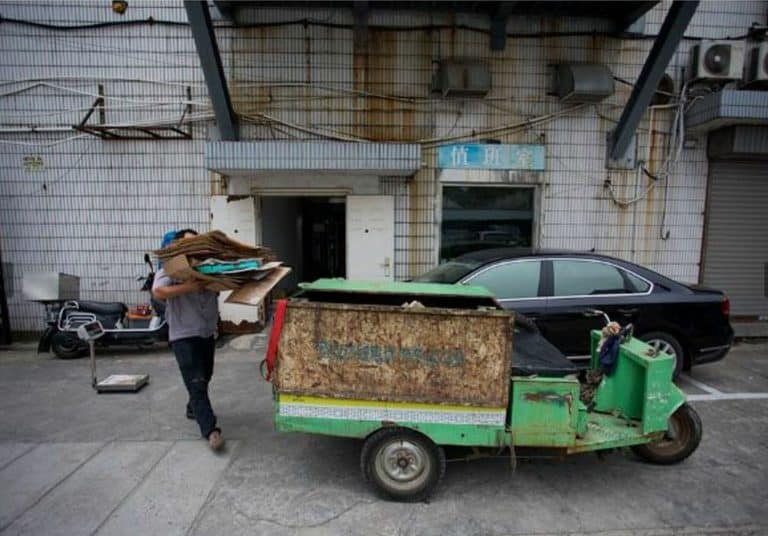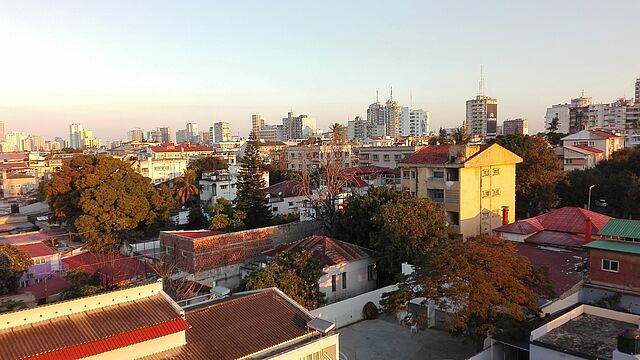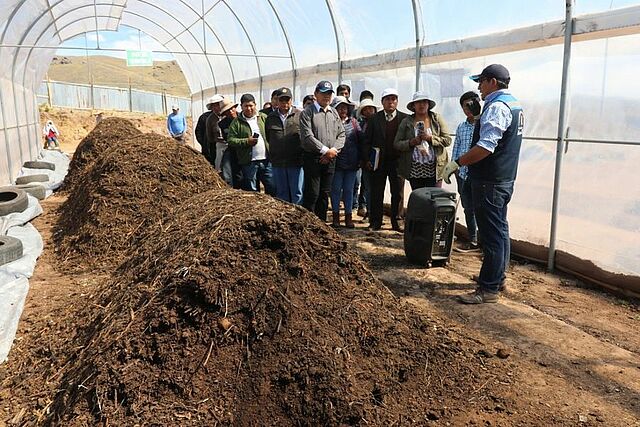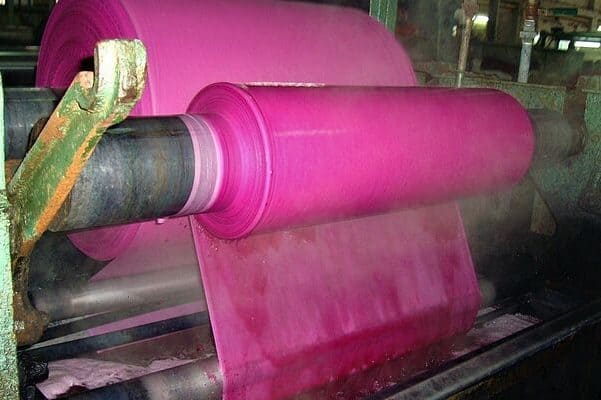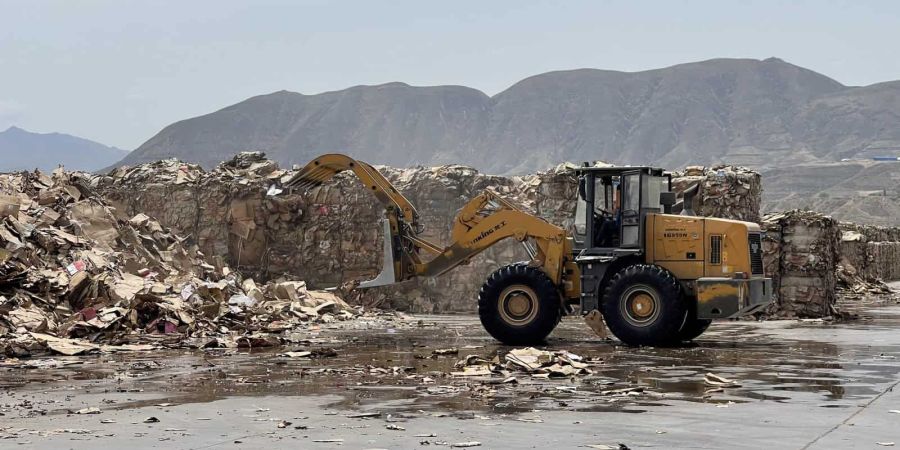
Background: As the world’s largest CO2 emitter, China has a key role in the global climate change mitigation. Based on China’s greenhouse gas (GHG) inventory in 2005, 1.5 per cent of the total Chinese CO2 emissions originate from the waste sector, amounting to 111 Mt CO2e. By 2030 and due to rapid urbanisation, China could have one billion urban citizens and an estimated annual emission reduction potential of 230.4 Mt CO2e from municipal solid waste (MSW).
Following its development targets and national commitment towards a low-carbon and circular economy, China has updated its Nationally Determined Contribution (NDC) in 2021 and is strengthening its efforts to reduce GHG emissions and increase the usage of urban waste for energy generation. However, the transformation of the waste sector towards low-carbon pathways still faces technical and capacity challenges.
Approach to Transformational Change: Building on current Chinese plans for GHG emission reductions, circular economy, urbanisation and waste management, the project “China Integrated Waste Management (IWM)” strives to demonstrate in five municipalities – Taian, Xian, Lanzhou, Bengbu and Suzhou – how integrated waste management and waste-to-energy systems can be operated as profitable business cases. The project promotes the best-available practices for IWM and intends to increase capacity of the sector’s stakeholders. Policy advice provided to the Chinese government aims at further reducing the existing market barriers currently hindering the sector’s transformation. By enabling the sector to make use of new income streams from the energy and carbon market, as well as matching private sector engagement in existing networks, the project strives to facilitate the upscaling of integrated waste management solutions in China.
Mitigation potential: Initially, based on the assumption that the project would be implemented in three demonstration municipalities, the direct GHG emissions reduction potential was estimated between 210,000 and 400,000 t CO2e per year, depending on waste composition and technologies applied. Working with five cities, between 2019 and 2021, the project has reached cumulative direct GHG emission reductions of approximately 4 million tons of CO2e, setting a goal of 4.9 million tons of CO2e to be mitigated by the end of the project.
Visit the project’s official website [available in English] to learn more about it.



